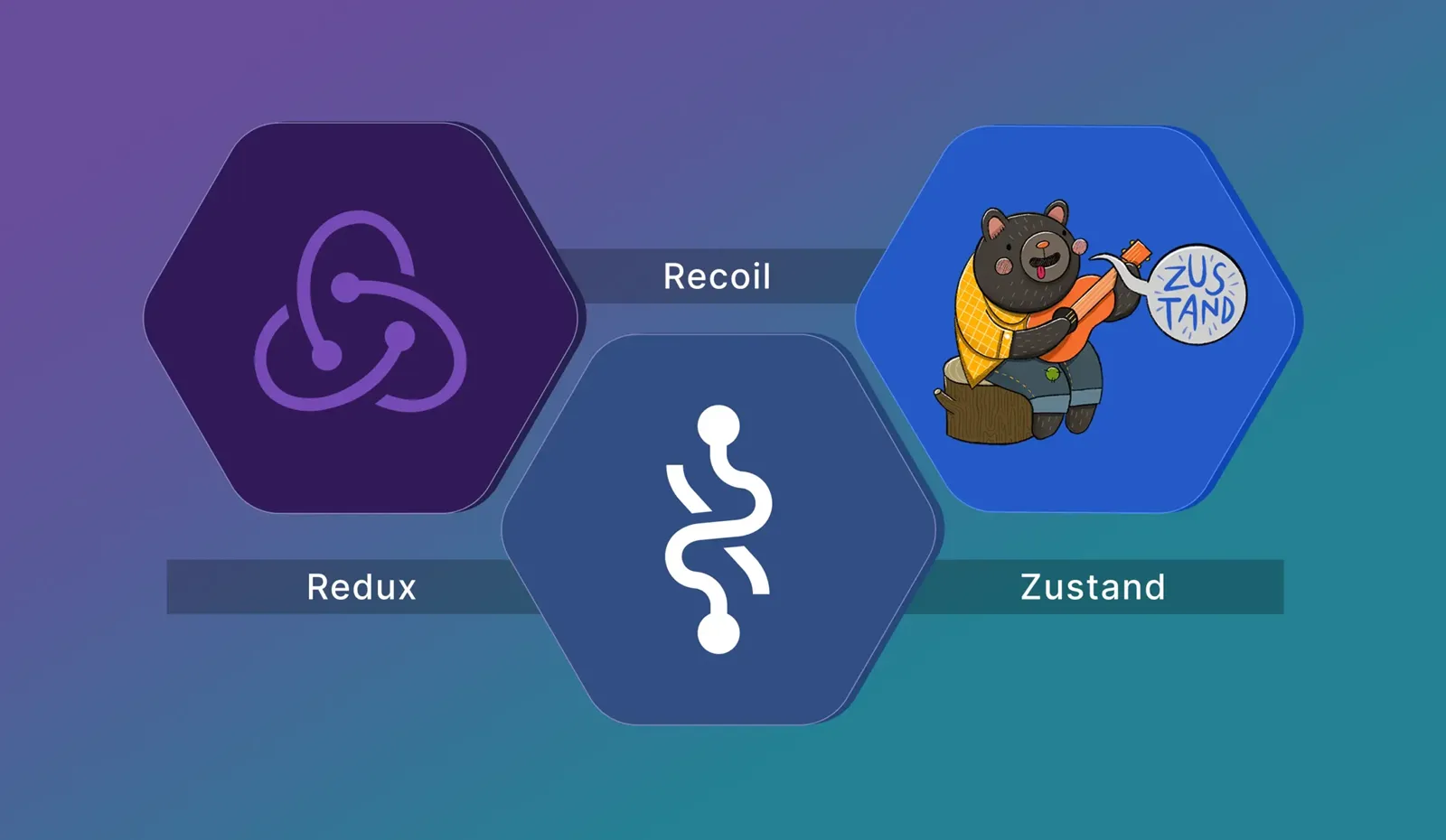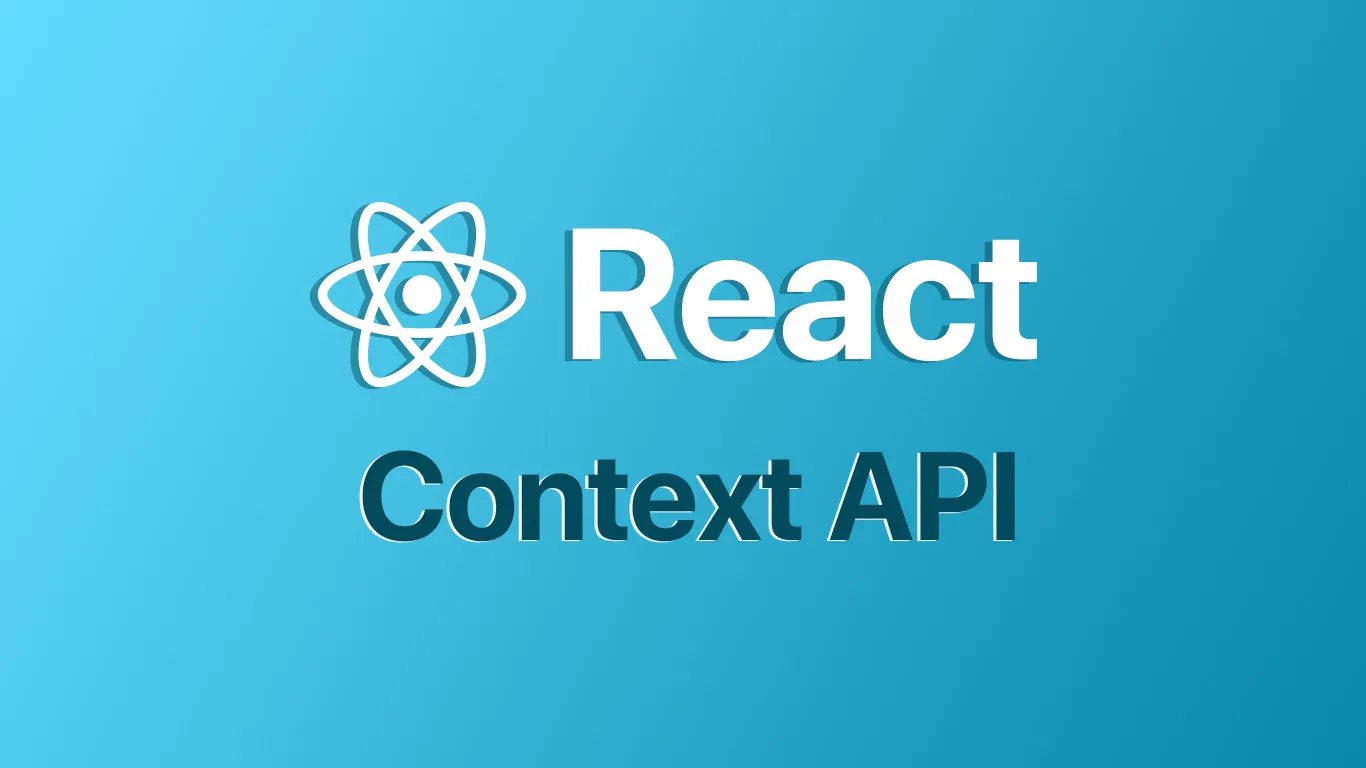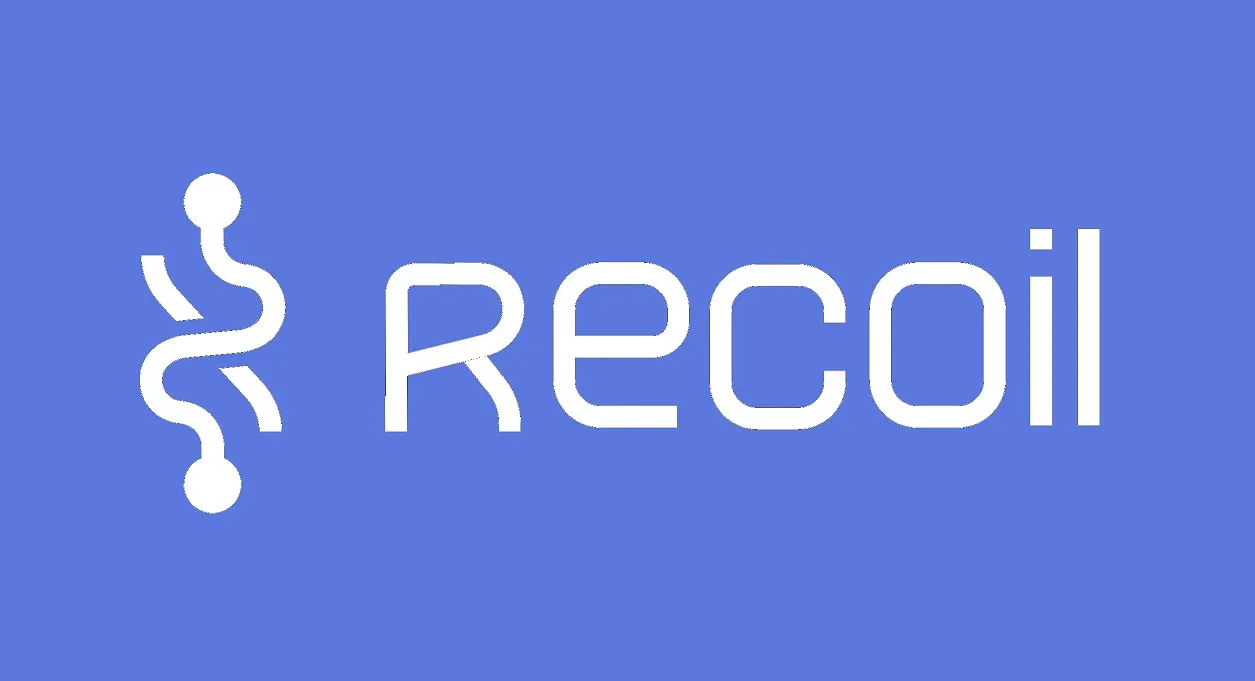In the world of React development, Redux was once the undisputed king of state management. However, with the rapid evolution of the ecosystem and the introduction of React Hooks, Redux's "reign" is being seriously challenged. Developers today are actively seeking more flexible, lightweight, and efficient alternatives.

This article will help you explore the most promising Redux alternatives available today. We'll dive deep into each solution, from React's built-in tools to powerful independent libraries, so you can make the smartest choice for any project size.
Why Are We Looking for Redux Alternatives?
Before turning the page, let's look at why the community is gradually moving away from Redux. While Redux is powerful and offers undeniable advantages like predictable one-way data flow, great debugging tools (Redux DevTools), and a vast ecosystem, it comes with significant trade-offs:
- Too much boilerplate: For even simple tasks, you have to create actions, action creators, reducers, and sometimes middleware. This makes development lengthy and time-consuming.
- Unnecessary complexity: For small to medium apps, setting up and maintaining a Redux store can be overkill—like "using a sledgehammer to crack a nut."
- Steep learning curve: Concepts like immutability, middleware, and thunks can be a big barrier for developers new to React.
These pain points have driven the rise of a new generation of state management tools, with a philosophy of simplicity, efficiency, and developer-friendliness.
The New Stars of State Management
Now, let's meet the "challengers" to Redux's throne. Each solution has its own philosophy and approach, suitable for different needs and project sizes.
1. React Context API & useReducer: The Built-in Duo
This is React's built-in solution and the most natural choice if you want to avoid external libraries.

-
How it works: Context API lets you create a data "provider" at the top of your component tree, and any child component can "consume" that data without prop drilling. Combined with the
useReducerhook (a simplified version of Redux's reducer), you can manage complex state efficiently. -
When to use:
- Small to medium-sized apps.
- When you want to share state among a group of nested components.
- If you want to avoid installing extra libraries.
-
Pros:
- No extra dependencies.
- Easy to learn if you're familiar with React Hooks.
- Solves the prop drilling problem.
-
Cons:
- Performance can suffer if context state changes frequently, as all consuming components re-render—even if they don't use the changed part of the state.
- Lacks powerful debugging tools like Redux DevTools.
2. Zustand: Minimal and Flexible
Zustand (German for "state") is quickly becoming one of the most popular Redux alternatives thanks to its incredible simplicity.

-
How it works: Zustand uses a minimalist, hook-based approach. You create a "store"—a custom hook—that holds state and functions to update it. Any component can use this hook to access and change state, with no need to wrap your app in a
Provider. -
When to use:
- Almost any project, from small to large.
- If you love simplicity, want to write less code, and don't want to deal with boilerplate.
- Need a solution that's easy to integrate into existing projects.
-
Pros:
- Extremely low boilerplate: Short, intuitive syntax.
- No Provider needed: Simplifies your component tree.
- High performance: Only components that subscribe to changed state re-render.
- Very small library size.
-
Cons:
- Less opinionated than Redux, so your team needs to establish its own code organization conventions.
3. Jotai & Recoil: The Age of Atomic State
Jotai and Recoil (developed by Facebook) introduce a whole new model: "atomic state."

-
How it works: Instead of a single giant store, you break your app's state into "atoms"—small, independent pieces of state. Components can subscribe to specific atoms. You can also create "selectors" to compute derived state from other atoms.
-
When to use:
- Large, complex apps with lots of interdependent state.
- When you want to optimize performance by only re-rendering components that need it.
- If you want a fragmented, easily managed state structure.
-
Pros:
- Optimized re-renders: Only components subscribed to a specific atom re-render when it changes.
- No boilerplate: Hook-based syntax is very friendly.
- Elegant async state management.
-
Cons:
- Recoil is still experimental from Facebook.
- The "atomic state" concept may feel unfamiliar compared to a centralized store.
- Jotai, though inspired by Recoil, has a smaller community.
4. MobX: The Magic of Reactive Programming
MobX is a veteran among Redux alternatives and remains popular thanks to its completely different philosophy.

-
How it works: MobX makes your state "observable." When you change this state, MobX automatically detects and updates only the affected UI parts (reactions). It's like a spreadsheet: change one cell, and all dependent formulas update automatically.
-
When to use:
- Apps that require complex, automatic UI updates.
- If your team is experienced with Object-Oriented Programming (OOP).
- You want a solution that allows direct (mutable) state changes while maintaining consistency.
-
Pros:
- Automatic updates: Minimizes the need to write UI update logic.
- Intuitive code, low boilerplate: You can update state as naturally as changing a variable.
- Flexible—works with both functional and class components.
-
Cons:
- MobX's "magic" can make debugging harder if you don't understand how it works under the hood.
- Requires learning new concepts like observables, actions, and reactions.
Quick Comparison Table
Here's a quick comparison of Redux (Redux Toolkit) and its alternatives:
| Criteria | Redux Toolkit | Context API + useReducer | Zustand | Jotai / Recoil | MobX |
|---|---|---|---|---|---|
| Philosophy | Single Source of Truth, Immutability | Dependency Injection | Un-opinionated, Hooks | Atomic State | Reactive Programming |
| Boilerplate | Medium (much reduced) | Low | Very low | Very low | Low |
| Learning | Medium | Easy | Very easy | Easy to Medium | Medium |
| Performance | Good, but needs optimization | Average (may over-render) | Excellent | Excellent (optimized re-render) | Excellent |
| Provider? | Yes | Yes | No | Yes | Yes |
| Dev Tools | Excellent | None built-in | Yes (via middleware) | Yes | Yes |
| Best for | Large projects, strict data flow | Small-medium projects | Any size, simplicity-focused | Complex apps, performance-focused | Apps needing auto UI updates |
Conclusion: Which One Is Right for You?
The world of React state management is more diverse and exciting than ever. There is no single "best" solution for every problem—only the one that best fits your needs, project size, and team's experience.
- If you're starting a small project or just need simple shared state, start with React Context API.
- If you love simplicity, speed, and want to avoid boilerplate, Zustand is nearly perfect.
- If you're building a huge, complex app and performance is your top priority, seriously consider Jotai or Recoil.
- If your team enjoys reactive programming and wants "magical" UI updates, MobX won't disappoint.
- And Redux (Toolkit)? It's still a solid choice for large enterprise systems that need strict, predictable structure.
Redux isn't "dead"—it's just no longer the only or default choice. By understanding the alternatives, you're equipped to choose the sharpest, most suitable tool to build modern, efficient, and maintainable React apps.
May you find your "true love" in state management!
![[React Basics] Mastering the Most Important Design Patterns](/images/blog/react-design-patterns.webp)
![[React Basics] Redux Toolkit: Learn to Upgrade Redux with Handy Tools](/images/blog/redux-toolkit.webp)
![[React Basics] What is React? Why Should You Learn React Today?](/images/blog/what-is-react.webp)
![[React Basics] Props in React: Concepts, Usage and Real-world Examples](/images/blog/props-in-react-thumbnail.webp)